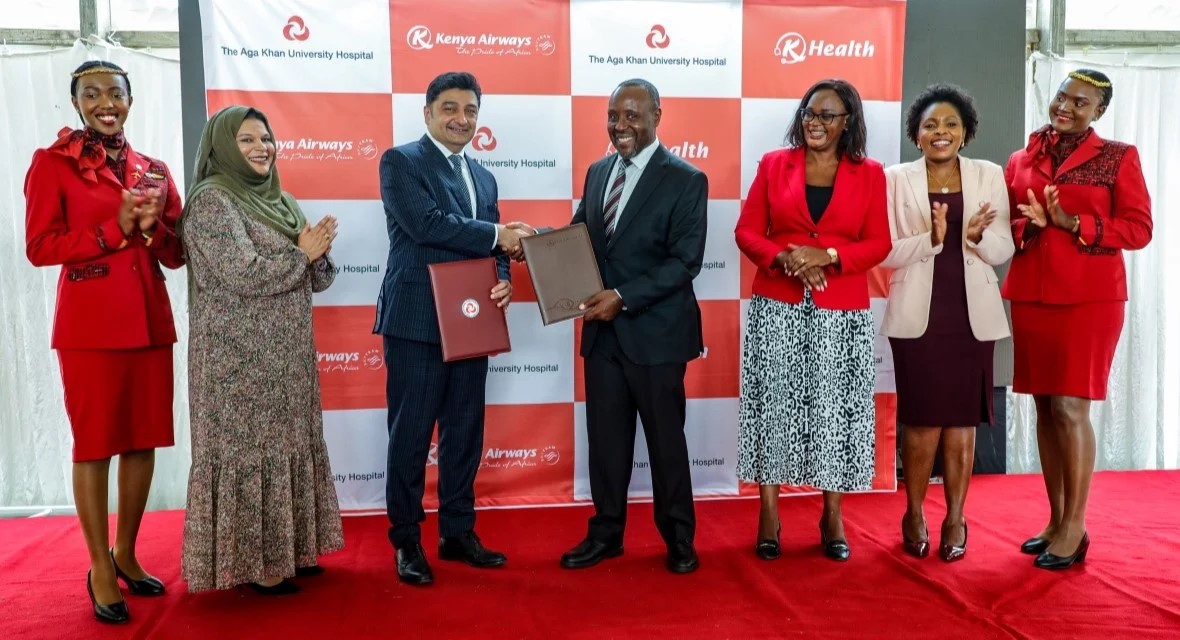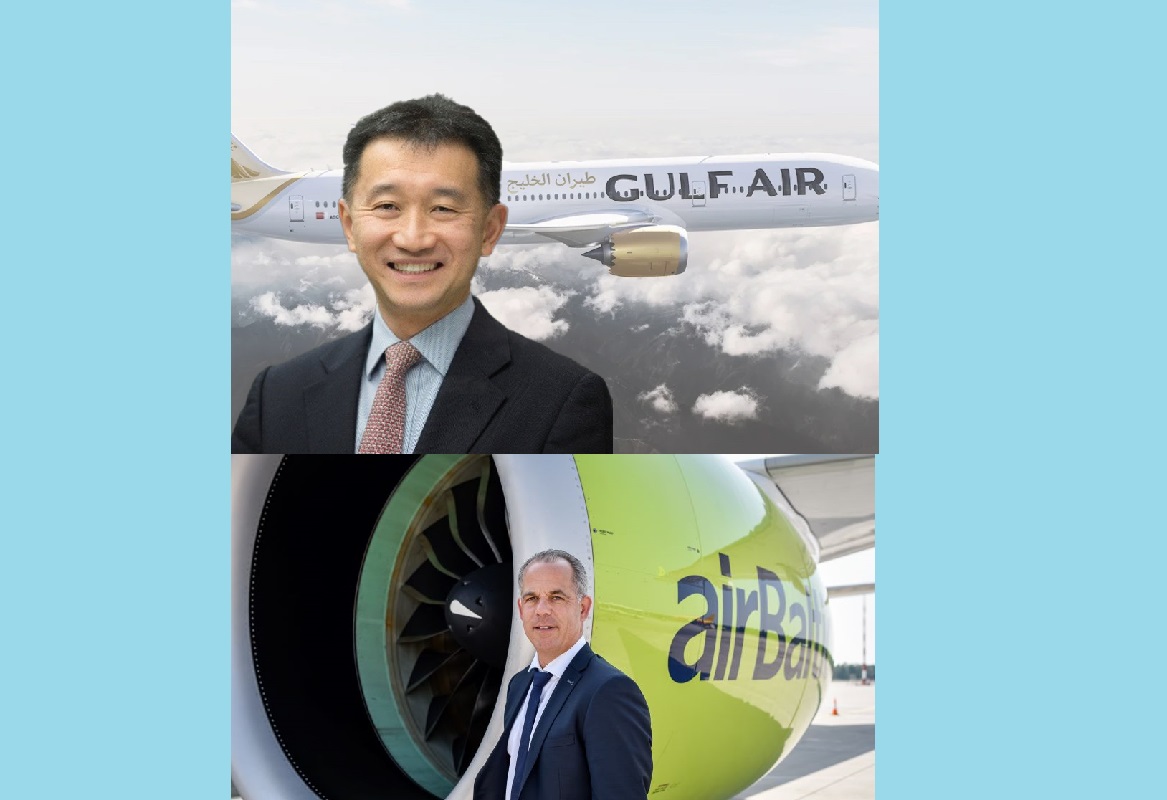There is more to keeping an airline in the skies other than just making huge profits. This is according to Allan Kilavuka, the CEO and Managing Director of Kenya Airways.
Mr Kilavuka wrote in an Op-ed in the Business Daily on September 3 that the cost of not having an airline would be far much greater in terms of lost jobs, reduced trade, weakened tourism and diminished global influence.
Keeping Kenya in the skies is not simply a matter of commercial viability. It is an investment in the country’s economic resilience, global connectivity, and future prosperity.
~ Allan Kilavuka, MD and CEO, Kenya Airways
The Op-ed came after Kenyans lamented on social media following the announcement of a KES 12.17 billion loss by the national carrier in the first half of 2025.
The CEO of KQ also gave a glimpse on the cost of running and maintaining a national airline, putting it in the billions of shillings both in cash and human resources.
For instance, a Boeing 787 Dreamliner costs about KES 32 billion. With KQ owning nine Dreamliners, the total cost is more than KES 288 billion.
“The cost of running an airline are undeniably high,” Kilavuka wrote, “A Dreamliner has two engines. Overhauling a single Genx engine costs approximately KES 1.9 billion. So, engine maintenance alone costs KES 34 billion over time.”
Mr Kilavuka attributed other high costs such as training engineers and pilots, cabin crew, and other skilled workers running into billions of shillings.
However, he argued that despite the intensive capital required, the airline “connects Kenya to global markets, enables tourism, and earns KES 90 billion … the airline is crucial for exporting perishable goods such as flowers, fresh fruits and vegetables with more than KES 16 billion shipped globally in 2024.”
According to the Kenya Airways CEO, the carrier was not simply a commercial enterprise but a nation asset contributing KES 336.3 billion gross domestic product and supporting over 25,000 jobs.




